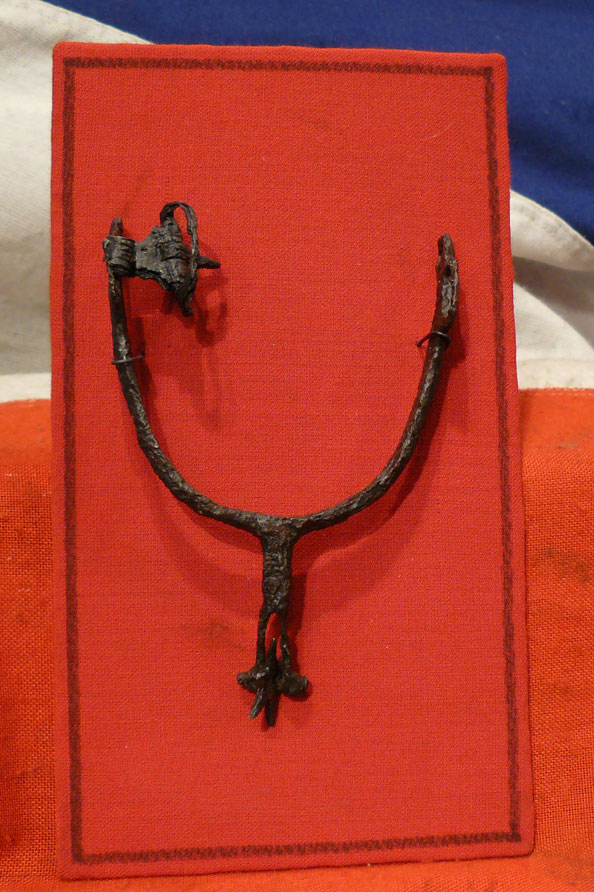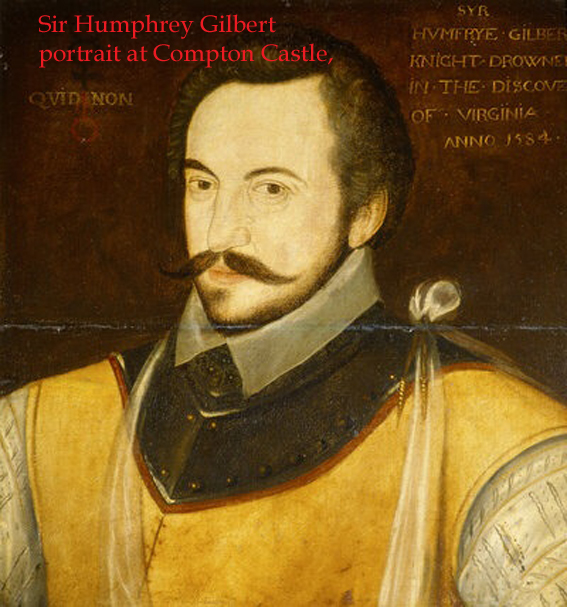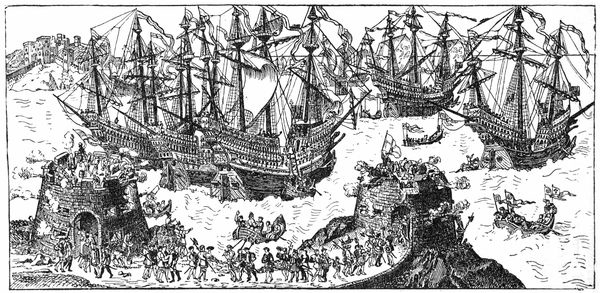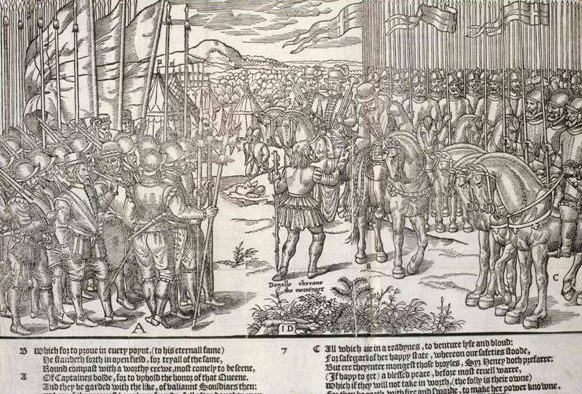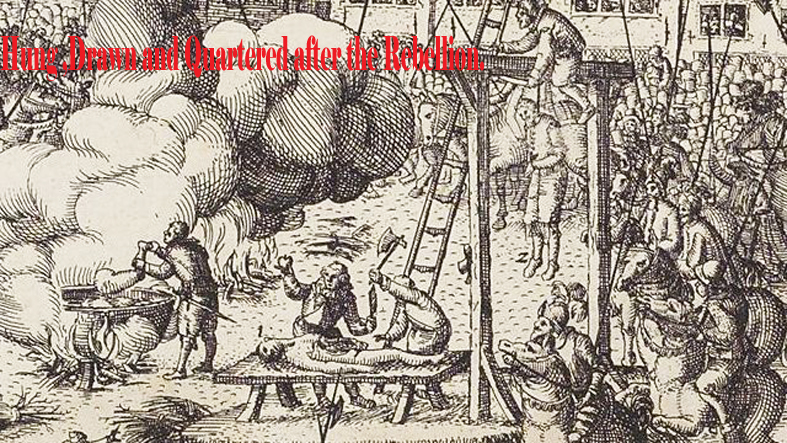A Irish Rebellion Knights Rowel Spur of the 16th Century, With its Buckle
From the Desmond Rebellions, that occurred in 1569-1573 and 1579-1583 in the Irish province of Munster.
They were rebellions by the Earl of Desmond head of the FitzGerald dynasty in Munster and his followers, the Geraldines and their allies, against the threat of the extension of their South Welsh Tewdwr cousins of Elizabethan English government over the province. The rebellions were motivated primarily by the desire to maintain the independence of feudal lords from their monarch, but also had an element of religious antagonism between Catholic Geraldines and the Protestant English state. They culminated in the destruction of the Desmond dynasty and the plantation or colonisation of Munster with English Protestant settlers. 'Desmond' is the Anglicisation of the Irish Deasmumhain, meaning 'South Munster'. FitzMaurice first attacked the English colony at Kerrycurihy south of Cork city in June 1569, before attacking Cork itself and those native lords who refused to join the rebellion. FitzMaurice's force of 4,500 men went on to besiege Kilkenny, seat of the Earls of Ormonde, in July. In response, Sidney mobilised 600 English troops, who marched south from Dublin and another 400 landed by sea in Cork. Thomas Butler, Earl of Ormonde, returned from London, where he had been at court, brought the Butlers out of the rebellion and mobilised Gaelic Irish clans antagonistic to the Geraldines. Together, Ormonde, Sidney and Humphrey Gilbert, appointed as governor of Munster, devastated the lands of FitzMaurice's allies in a scorched earth policy. FitzMaurice's forces broke up, as individual lords had to retire to defend their own territories. Gilbert, a half-brother of Sir Walter Raleigh, was the most notorious for terror tactics, killing civilians at random and setting up corridors of severed heads at the entrance to his camps. Sir Humphrey Gilbert (c. 1539 ? 9 September 1583) of Devon in England was a half-brother of Sir Walter Raleigh (they had the same mother, Catherine Champernowne), and cousin of Sir Richard Grenville. Adventurer, explorer, member of parliament, and soldier, he served during the reign of Queen Elizabeth and was a pioneer of the English colonial empire in North America and the Plantations of Ireland. In 1588, the English Lord President of Munster, Sir Warham St. Leger, sent a tract to the English Privy Council identifying the kings of Ulster, Munster, Leinster and Connacht, and the feudal lordships which were then in existence. For the most part, the rights and prerogatives of the Irish kings whose territories lay outside the Pale were recognized and honoured by the (English) government in Dublin, which prudently saw that centralized rule of all Ireland was impossible. Largest, richest and most politically developed of the Gaelic Kingdoms of Ireland was Munster, which at its height comprised all of what are today the counties of Cork, Kerry and Waterford, as well as parts of Limerick and Tipperary. Recovered in Ireland over 150 years ago in Kilkenny at a supposedly known battle area. We have mounted on a red board for display. We show for illustration purposes a portrait of Sir Humphrey Gilbert, and 16th century period engraving prints of the rebellion and the aftermath, the fleet landing, the troops marshalling and the execution of the rebels.
Code: 20242
475.00 GBP

